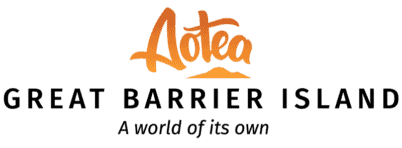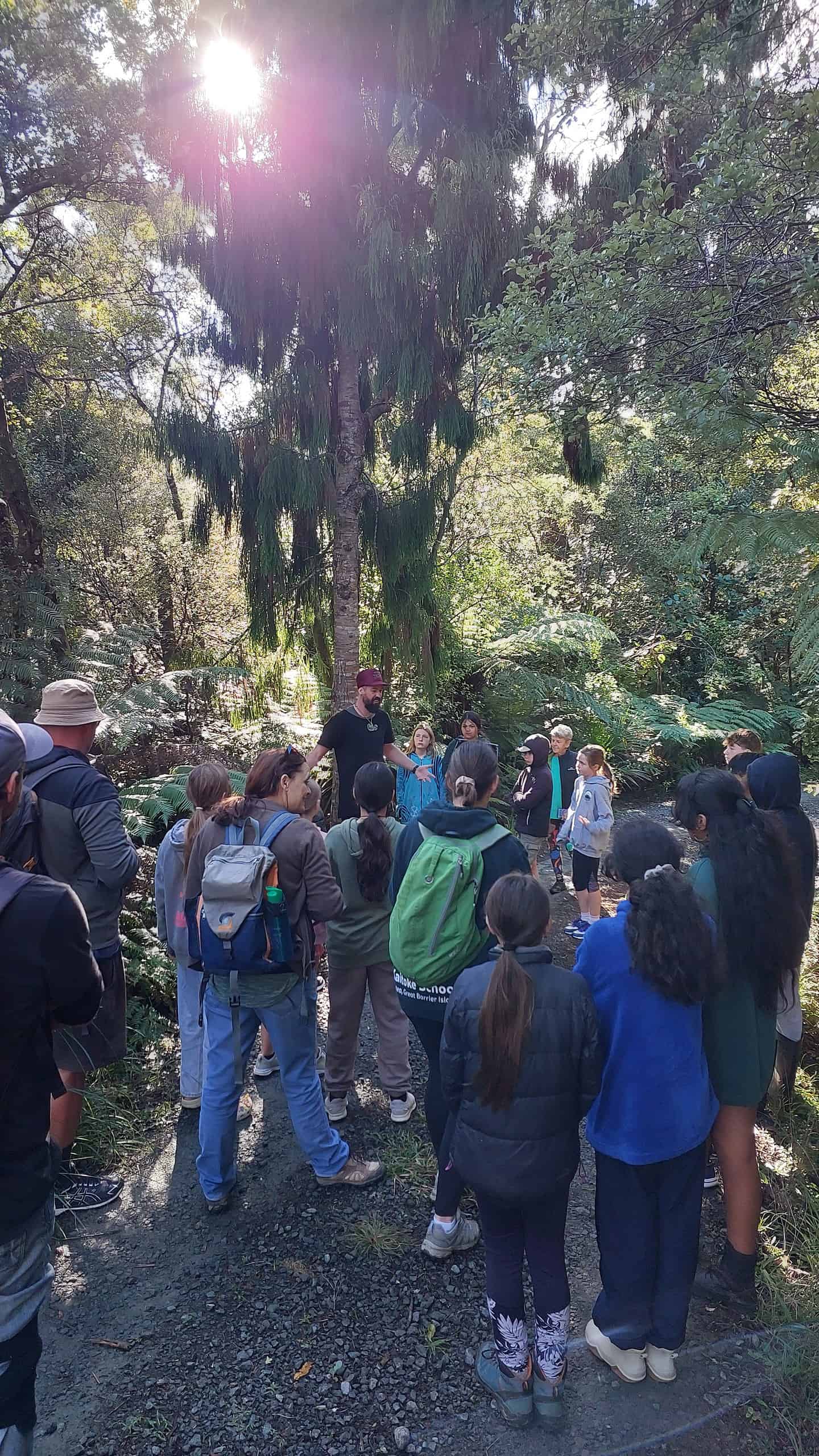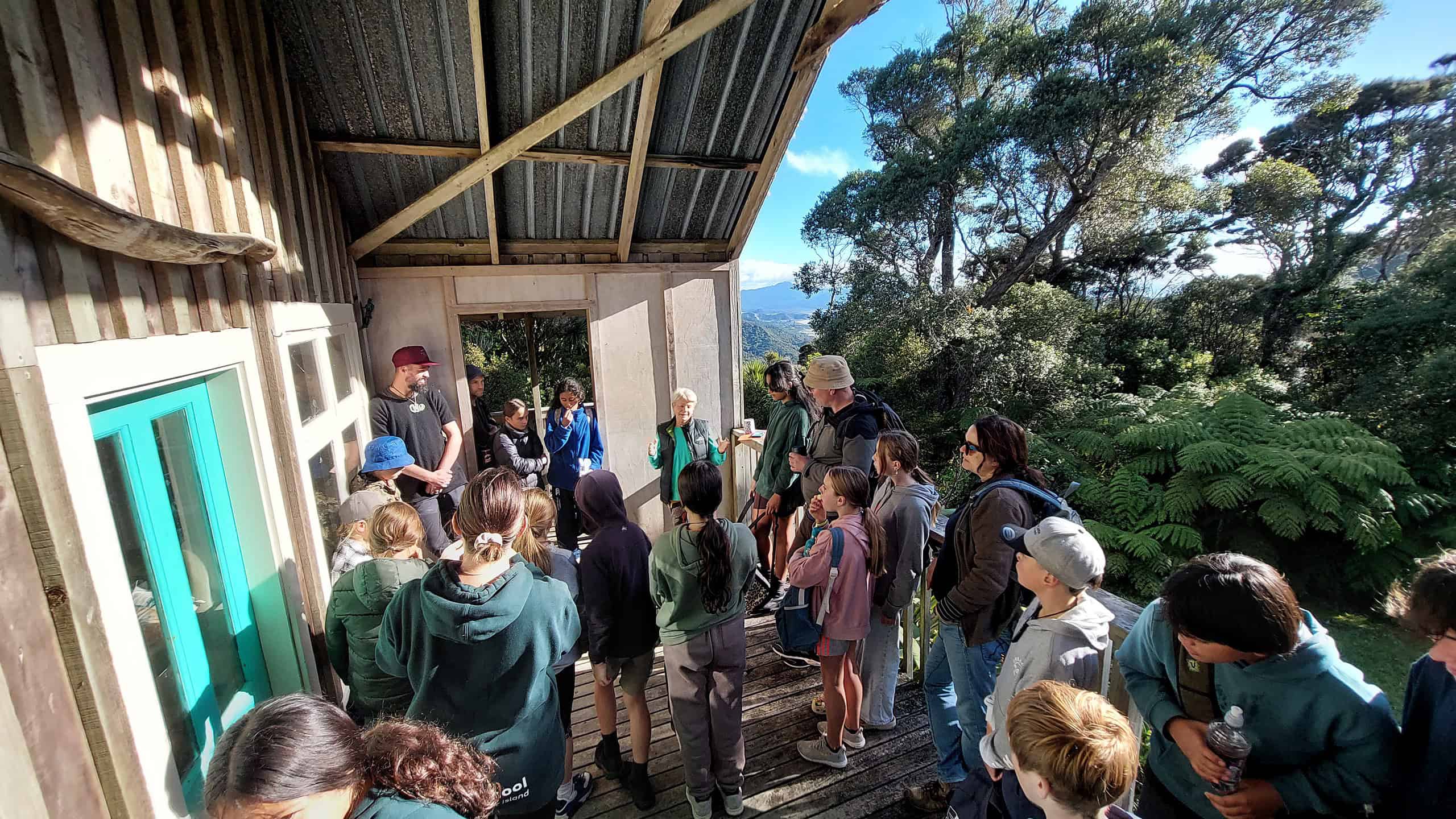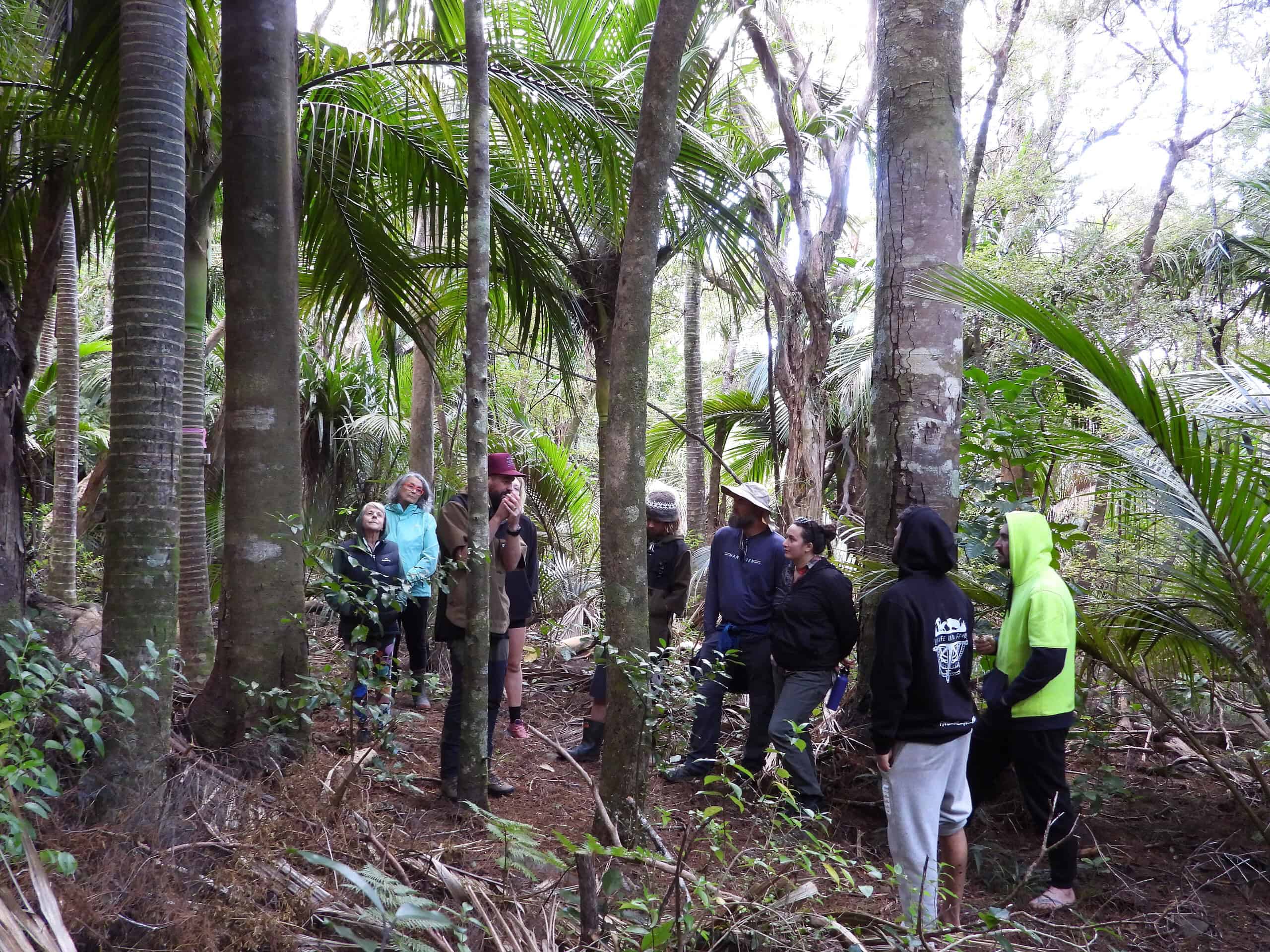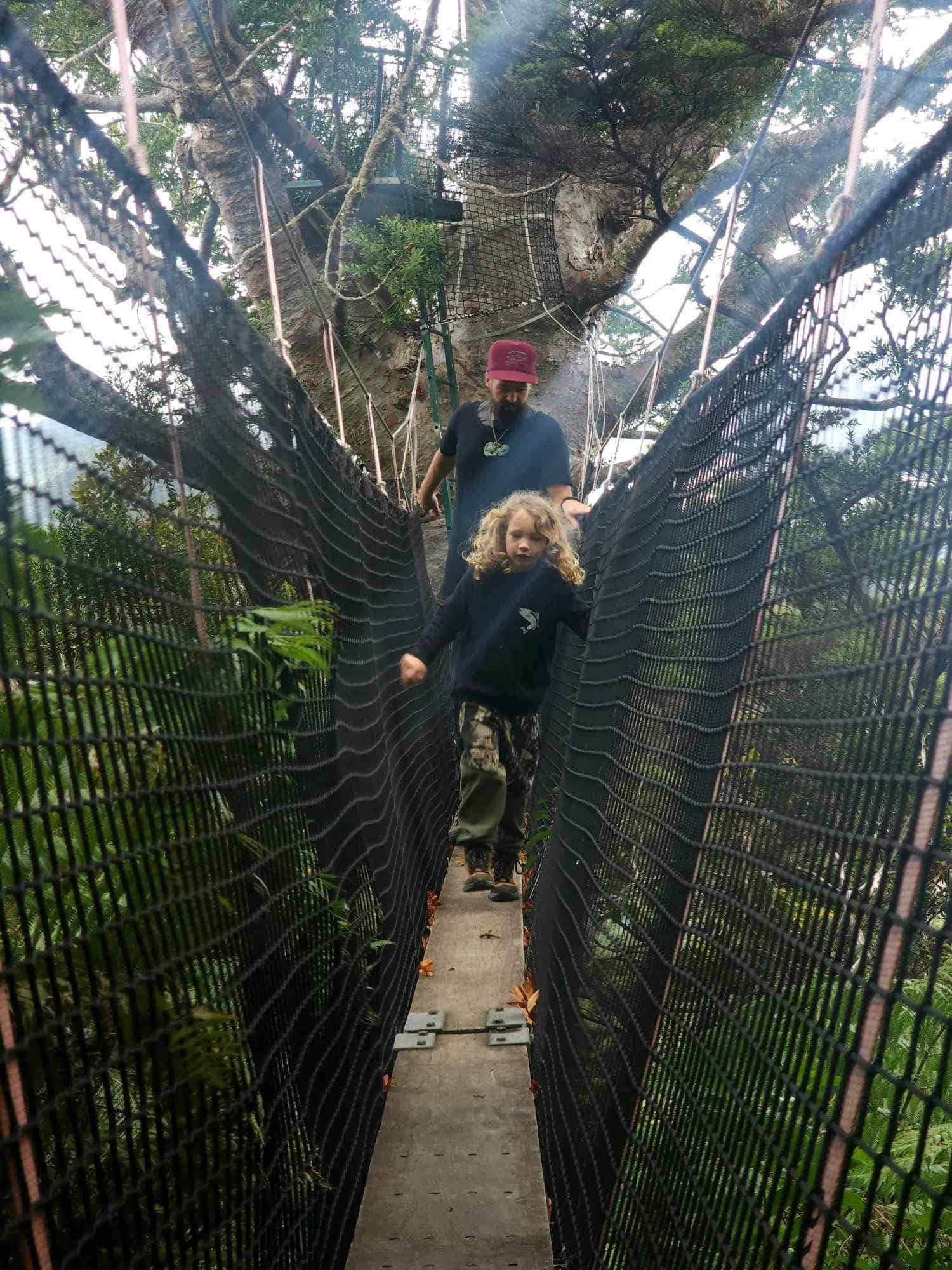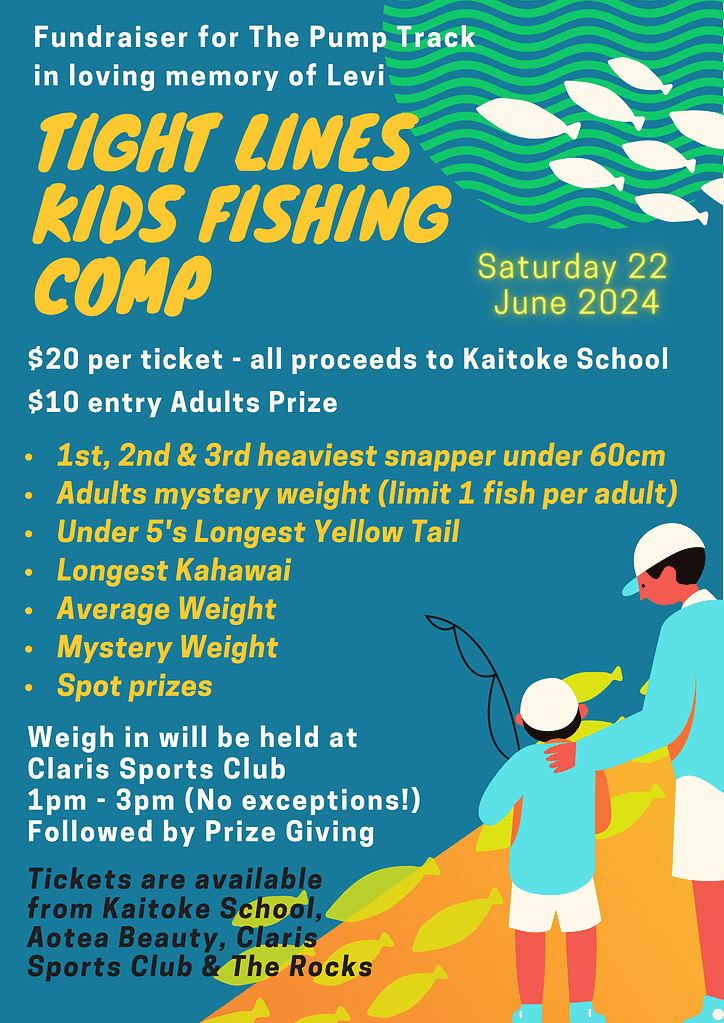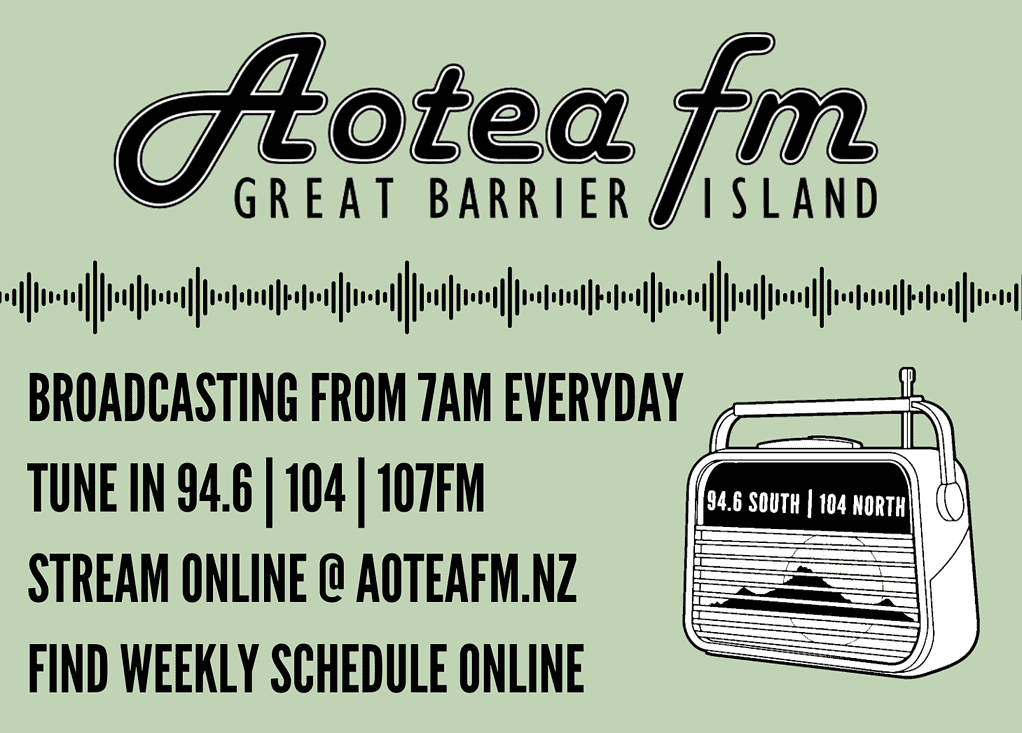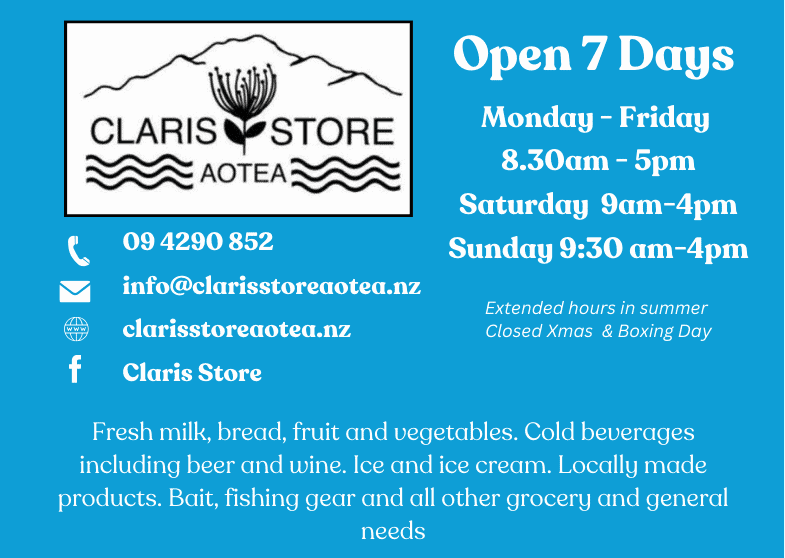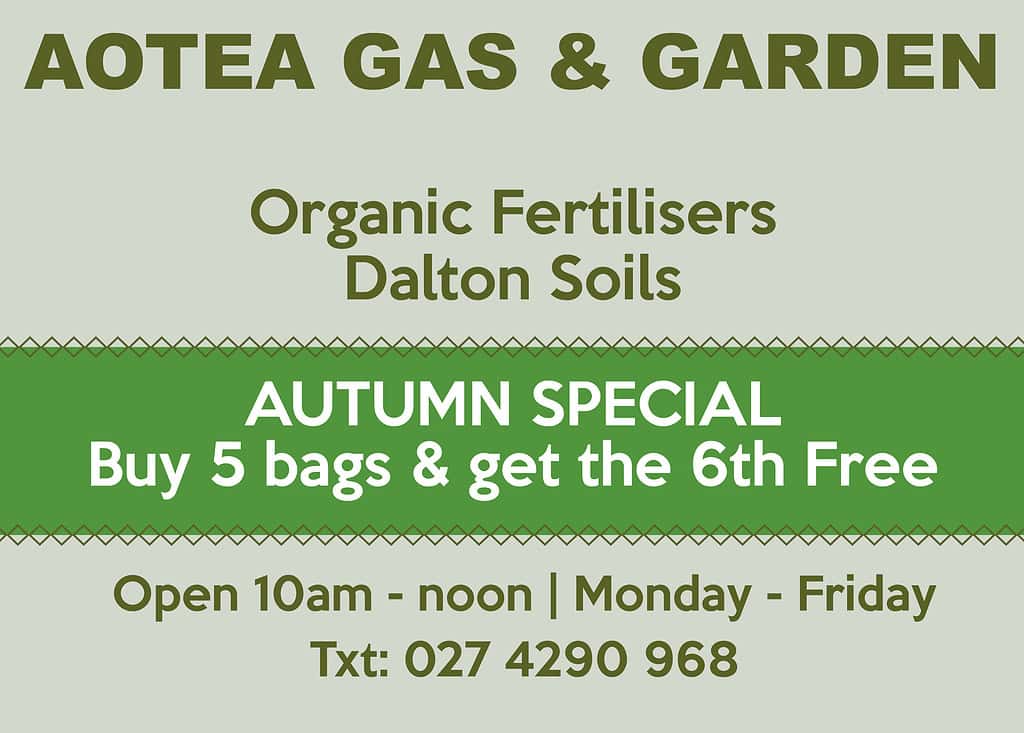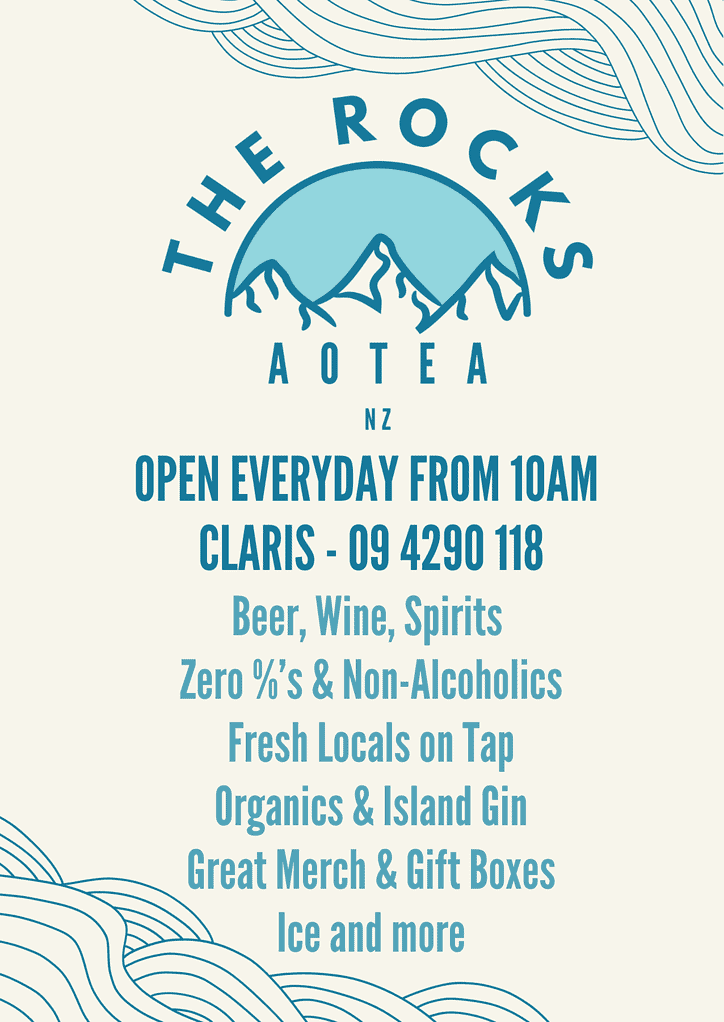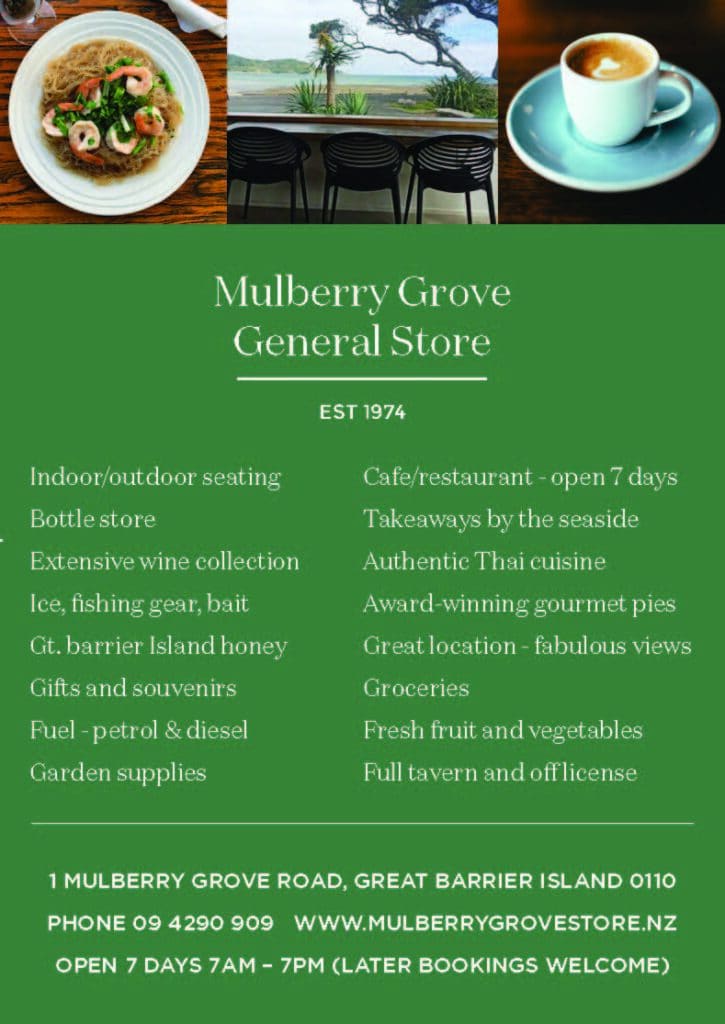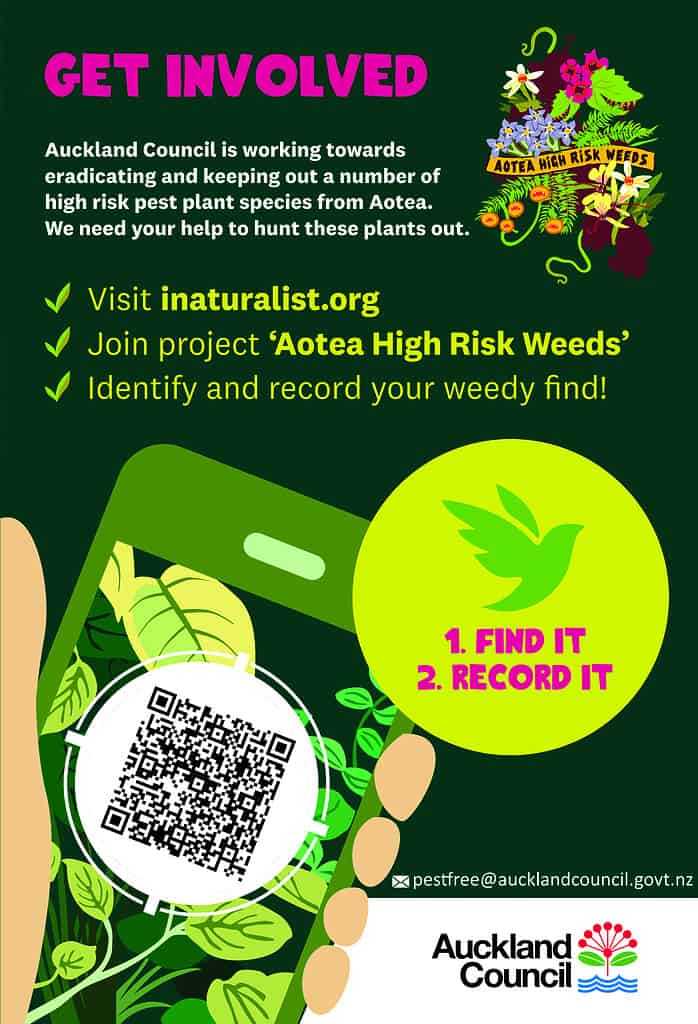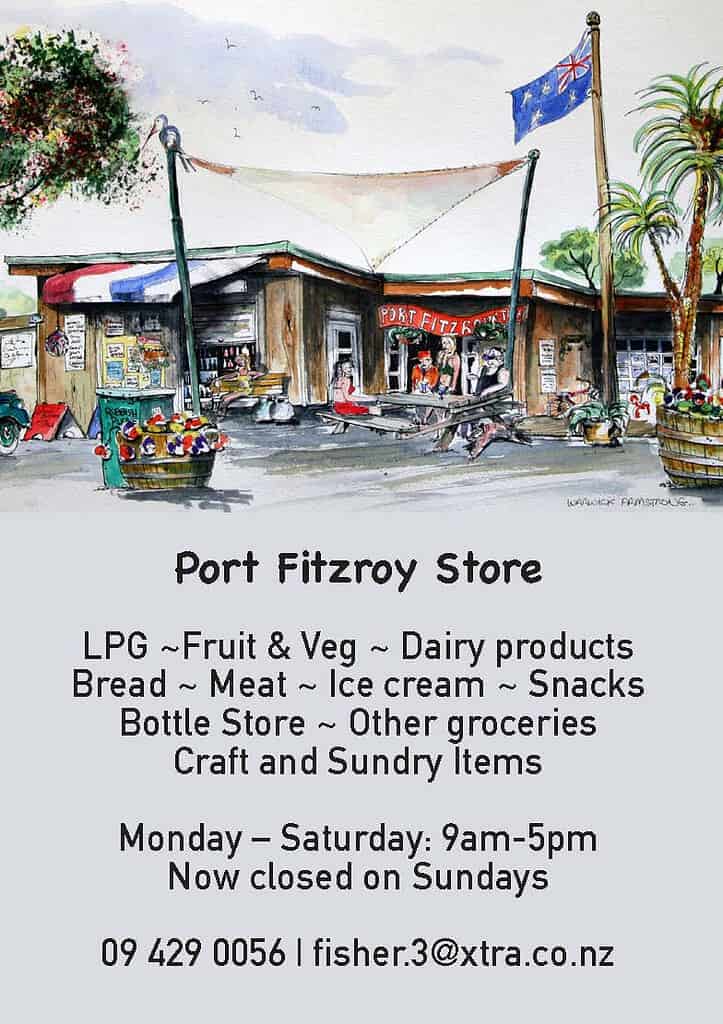A fantastic time was had by all with Hamiora Gibson aka Sam the Trap Man
Sam hosted three walks over three days with a mix of the community getting involved. Starting with the School walk, followed by the Hunter Gatherers and then finally the Volunteer walk.
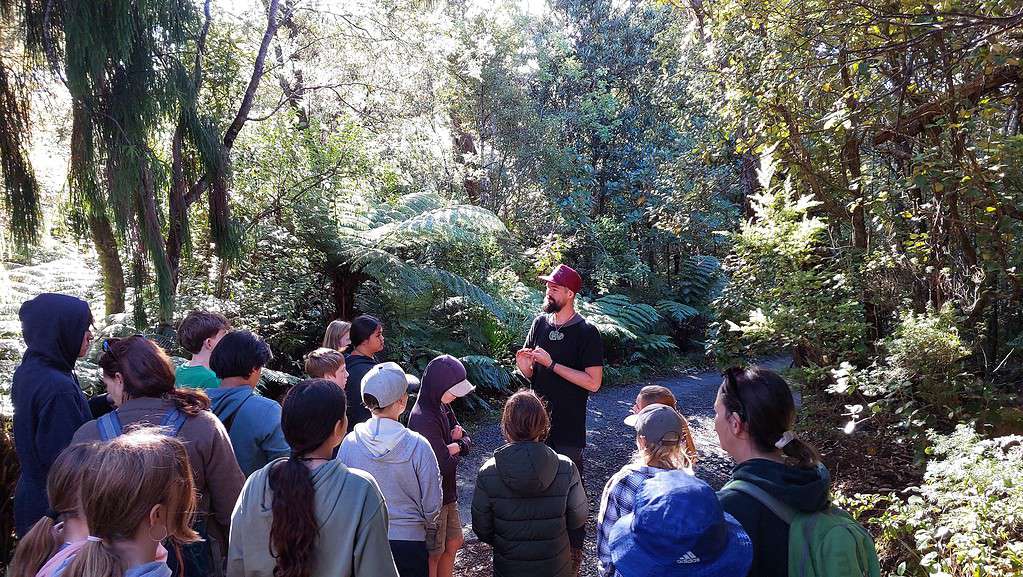
So much of Sam’s knowledge was soaked up to learn about medicinal and edible ferns, shrubs, vines and trees and their roles in the environment. We also discussed the impact of fruiting times of certain trees on trapping practices and indicators. Fascinating and critical for success.
Some key highlights:
> What is happening in the bush is an indicator of the health of the ngāhere and should be noted to determine pest control. For example if the tawa berries are out, this means there is an abundance of sugar and rats will be looking for protein – a great time to use peanut butter in your traps. If the Puriri moth or cicadas are hatching, there is an abundance of protein, so switch to a sugar source in your traps. Use lure to target what is lacking in their diet.
> Need a great night’s sleep? Place 4-5 leaves of Tātarāmoa (bush lawyer) in cold water and bring to a boil for 15 mins. Drink for a deep night’s sleep (don’t mix with alcohol, or if pregnant)
> Tanekaha leaves, when boiled, produce a beautiful natural orange textile dye.
> Roasted tawa berry seeds taste like almonds and roasted mamaku frond, mashed with a bit of condensed milk, tastes just like rice pudding
> Have you ever eaten a rat? Kiore tastes like lamb!
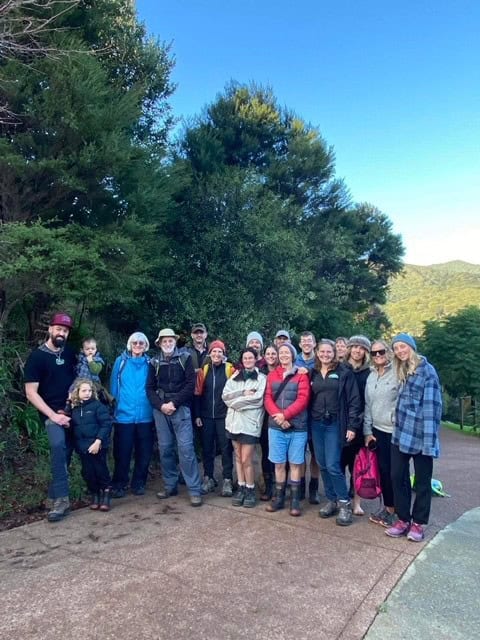
One walk attendant was blown away by the time spent with Sam and said “He showed us dozens of medicinal and edible plants in a short 45 min walk. We learned that the native bush is extremely generous when it comes to kai and medicine, knowledge is power and eating and understanding the bush is a great way to connect with the environment.”
Big Thanks to Windy Hill, Glenfern and the Local Board for funding the Ecology Vision.
Give ‘Sam the Trap Man’ a follow on Instagram, Facebook and Youtube to learn even more.
